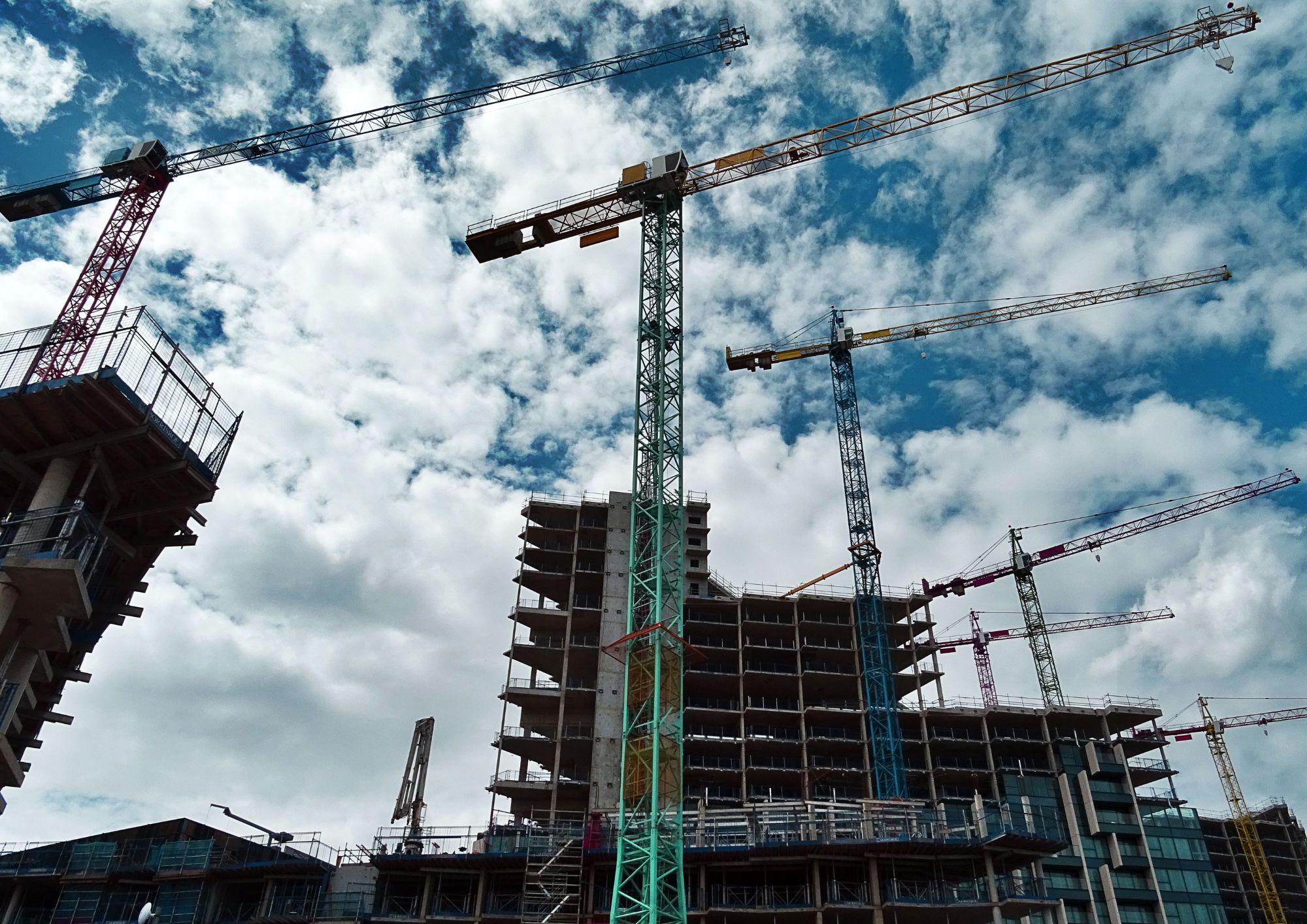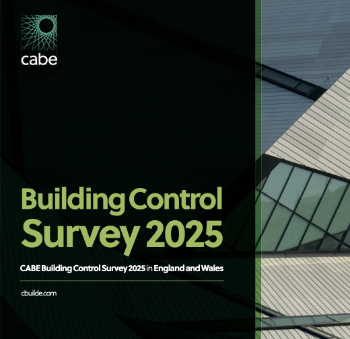April turn for the worse, for construction, as market seesawing continues
Contents |
[edit] Construction Industry Headlines for April
- Contract awards fell by a third to £4.7bn in April, with major sectors suffering.
- April saw very poor results for planning approvals, with just £5.9bn – the lowest month since June 2022.
- Applications returned to normal levels in March with £9.1bn. However, Q1 was still at the lowest level since 2nd Covid lockdown.
Contract awards fell by a third to just £4.7bn in April, with major sectors suffering, according to the latest figures from construction analysts Barbour ABI.
[edit] Infrastructure downturn
Infrastructure was hit the hardest, falling 71% to just £400m in April, the lowest month since May 2020, suggesting initial month-on-month momentum from recent Government budget statements may be stalling. Meanwhile, Residential Contract Awards fell 40% to £1.4bn as the sector continued to struggle with rising interest rates. Hotel and leisure fell by 54% to £200m.
[edit] Comment
Barbour ABI Chief Economist Tom Hall compared April figures to recent highs and lows experienced by the market, commenting:
We are seeing a see-sawing effect in 2023, potentially due to the industry’s uncertainties and constraints. The start of the new financial year saw weaker activity across the board as uncertainty in the wider economy and construction continued. Time will tell whether this is a definitive turn for the worse in April or just another blip in the road.
Elsewhere it was further bad news, with just £5.9bn planning approvals in April pointing to continued uncertainty in the future.
Hall said, “All sectors apart from industrial fell back to below-average levels with many large percentage falls. All things considered; this represents a real famine after March’s £12bn feast.”
Meanwhile, planning applications returned to normal levels with £9.1bn in March. However, taken as a whole, the first quarter of 2023 still showed a significant fall of 22% compared to the previous quarter to the lowest level since the second Covid in 2022.
[edit] Relative Strength Index
Looking ahead at residential, Hall said, “Those searching for a ray of light over residential will remain disappointed. We have seen a 30% increase in applications in April. But, looking across the whole quarter, the situation remains desperately weak, with an extremely low Relative Strength Index demonstrating a dearth of month-on-month momentum and approvals performing poorly.
More positively, the commercial, industrial and healthcare sectors saw activity continuing, and the education sector saw a near-record with £800m.
--Barbour ABI 17:27, 16 May 2023 (BST)
[edit] Related articles on Designing Buildings
Featured articles and news
Designing Buildings reaches 20,000 articles
We take a look back at some of the stranger contributions.
Lessons learned from other industries.
The Buildings of the Malting Industry. Book review.
Conserving places with climate resilience in mind.
Combating burnout.
The 5 elements of seiri, seiton, seiso, seiketsu and shitsuke.
Shading for housing, a design guide
A look back at embedding a new culture of shading.
The Architectural Technology Awards
The AT Awards 2025 are open for entries!
ECA Blueprint for Electrification
The 'mosaic of interconnected challenges' and how to deliver the UK’s Transition to Clean Power.
Grenfell Tower Principal Contractor Award notice
Tower repair and maintenance contractor announced as demolition contractor.
Passivhaus social homes benefit from heat pump service
Sixteen new homes designed and built to achieve Passivhaus constructed in Dumfries & Galloway.
CABE Publishes Results of 2025 Building Control Survey
Concern over lack of understanding of how roles have changed since the introduction of the BSA 2022.
British Architectural Sculpture 1851-1951
A rich heritage of decorative and figurative sculpture. Book review.
A programme to tackle the lack of diversity.























Comments
[edit] To make a comment about this article, click 'Add a comment' above. Separate your comments from any existing comments by inserting a horizontal line.